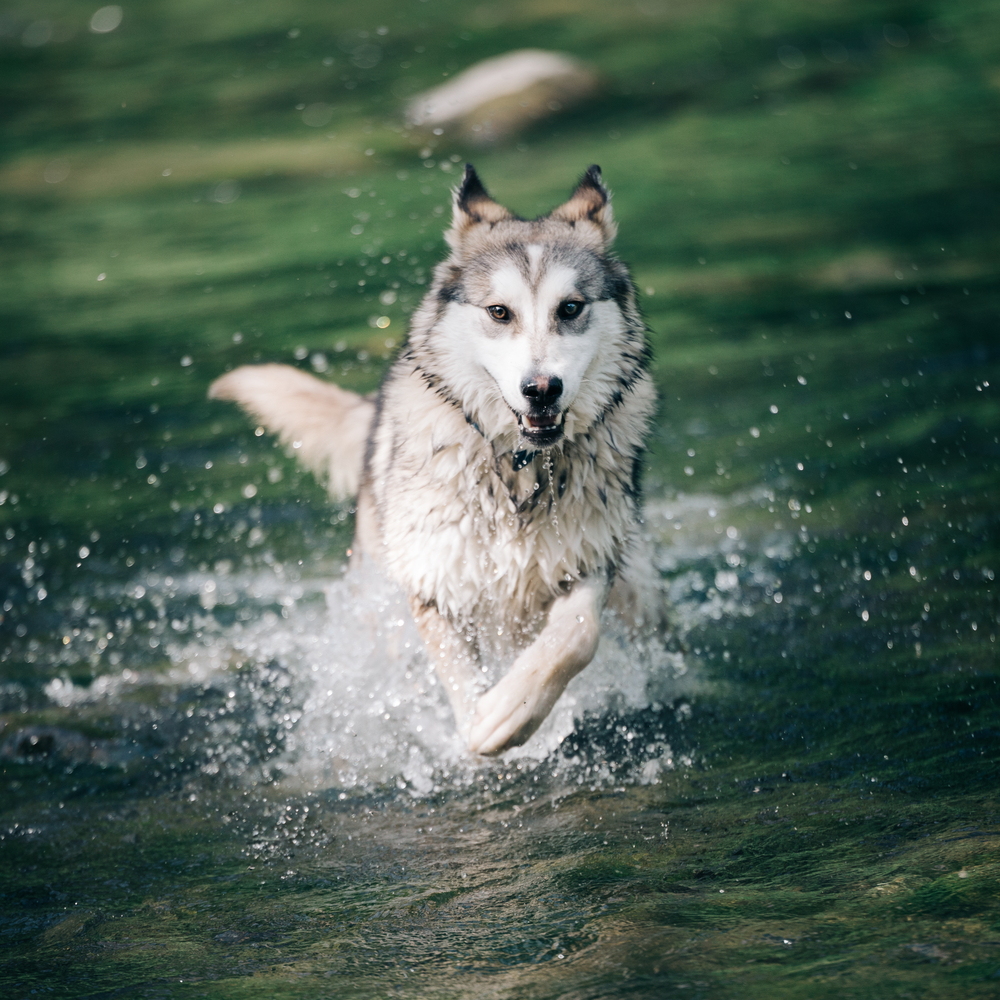Alaskan Malamute’s Instinctual Behaviors and Prey Drive: Unraveling the Canine Enigma
Welcome to a comprehensive exploration of the fascinating world of Alaskan Malamutes and their instinctual behaviors and prey drive. As avid dog enthusiasts, we delve into the unique traits of these majestic Arctic dogs, their ancestry, and how their instinctual behaviors have evolved over time.

The Enigmatic Alaskan Malamute
1. A Brief History and Origin
The Alaskan Malamute is one of the oldest Arctic sled dog breeds, originating from the Inuit tribe known as the Mahlemiut, who inhabited the Kotzebue Sound region in Alaska. These dogs played an essential role in the tribe’s survival, serving as hunters and haulers, pulling heavy loads across vast frozen terrains.
2. The Physical Attributes
Malamutes possess a striking appearance with their powerful and well-muscled bodies. They have a thick double coat that acts as insulation against extreme cold temperatures. Their distinctive plumed tail curls over their backs, and their expressive almond-shaped eyes are typically dark in color, exhibiting intelligence and keenness.


Unraveling the Instinctual Behaviors
1. Pack Mentality
Alaskan Malamutes are pack animals at heart, and their instinctual behaviors are deeply ingrained in their DNA. In the wild, they lived and worked closely with their human counterparts, forming strong bonds within their pack.
2. Loyalty and Affection
One of the most endearing traits of Malamutes is their unwavering loyalty and affection towards their human families. Their strong pack mentality extends to their households, making them excellent companions and protectors.
3. Socialization and Training
Early socialization and consistent training are essential for Malamutes due to their strong-willed nature. Proper training will help channel their energy and instincts constructively, making them well-mannered members of society.
4. Prey Drive and Hunting Instincts
The prey drive in Alaskan Malamutes stems from their history as skilled hunters. They possess a strong instinct to chase after smaller animals, which could pose challenges in multi-pet households. However, with appropriate training, this instinct can be managed.
5. Exercise Requirements
Given their history as sled dogs, Malamutes have high energy levels and require regular exercise to stay healthy and happy. Engaging in activities like hiking, sledding, or agility training will help them burn off excess energy and reduce unwanted behaviors.
Managing Prey Drive and Instinctual Behaviors
1. Environmental Enrichment
Providing an enriched environment for your Malamute can help keep their minds stimulated and prevent boredom-related destructive behaviors. Puzzle toys, treat-dispensing gadgets, and interactive playtime will keep them mentally engaged.
2. Controlled Socialization
Introducing your Malamute to other pets and animals should be done cautiously and under controlled circumstances. Positive reinforcement and gradual exposure will help them adapt to new situations and individuals.
3. Consistent Training
Effective training is vital for managing your Malamute’s prey drive. Teaching commands like “leave it” and “recall” can prove invaluable when encountering potential triggers during walks or outings.
4. Physical Exercise
Regular physical exercise is essential for meeting the Malamute’s energy needs and preventing restlessness. Engage in activities that challenge their strength and endurance to promote a well-rounded lifestyle.

Alaskan Malamute’s Instinctual Behaviors and Prey Drive
Understanding the instinctual behaviors and prey drive of Alaskan Malamutes is crucial for a harmonious relationship with these magnificent creatures. Their deep-rooted history as Arctic sled dogs has shaped their behaviors, making them loyal, affectionate, and intelligent companions. With proper training, socialization, and exercise, their prey drive can be managed effectively, allowing them to thrive as happy and content members of your family.